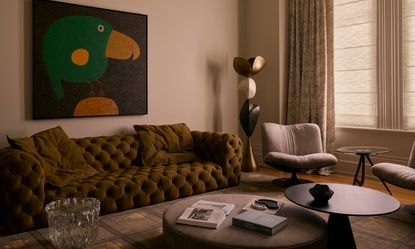Modern Homes
Take a tour of the world's best modern homes, owned by architects, interior designers and full of decor inspiration
Latest
-
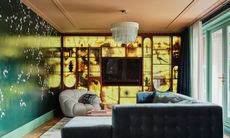
This Dutch Home Is a Masterclass in Color And Pattern That Artfully Clash — And It's Made For Entertaining
Bold hues are the main players in this house, but the clever — and social — layout is just as impressive
By Space Content Studio Published
-

This Is a Home Made for Every Type of Party — With a Design That’s a Celebration of Good Times, Wellness, and Everything in Between
A home gym, an onsen, a bar, and a cigar room — this stylishly sociable home makes the case for a life of balance
By Pip Rich Published
-
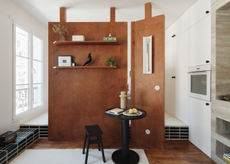
This Tiny Parisian Apartment Uses Every Trick in the Book to Make Small Space Living Work — While Providing a Masterclass in Characterful Minimalism
To many, a 24-square-meter home may sound like a challenge, but to this designer, it was an invitation to explore her creativity
By Maya Glantz Published
-

The Designer of This Victorian Home Wanted Its Entertaining Space to Feel Like a 'Private Dining Room' in a Restaurant — Here's How It Turned Out
From the color palette to the mix of textures, this space brings retro design to the modern age
By Olivia Wolfe Published
-

"It’s Like Living Inside a Snow Globe" — White Works Year-Round in This Stockholm Apartment, but It Comes Into Its Own at Christmas
Snowy tones and dashes of silver — the pared-back style of this Scandi abode looks positively festive
By Pip Rich Published
-
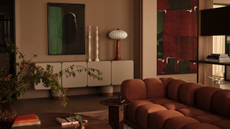
This London Penthouse Proves Modern Apartments Don’t Have to Feel Cold and 'Austere' — The Designer’s Color Palette Cocoons It From the City
In collaboration with Artemest, award-winning designer Róisín Lafferty has transformed an otherwise ordinary duplex into a timeless masterpiece
By Debbie Black Published
-
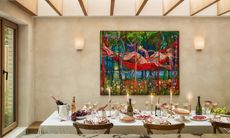
This London Home Was Designed Around the Kitchen Table — By a Couple Who Cater Parties for Rock Stars — So, Of Course, It's Perfect for Hosting
Luxury event catering is their day job, so, naturally, this London couple designed their home with entertaining in mind
By Mary Weaver Published
-
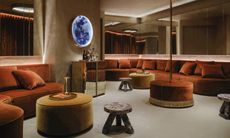
For Radio Host Tom Joyner's Disco Era, 1970s-Milan-Inspired Apartment, Its Designers Took a Larger Than Life Approach — To Match His Personality
The designer clearly had so much fun dreaming up this disco era-inspired Florida apartment — especially that fabulous party room
By Karine Monié Published
-
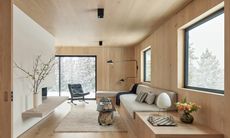
Now This Is Where I'd Like to Spend My Winter — This Japandi-Inspired Cabin in Colorado Is the Perfect Balance of Cozy and Minimalist
Colorado’s epic landscape played a part in the design of this chalet-style home — and what a jaw-dropping retreat it is
By Karine Monié Published
-
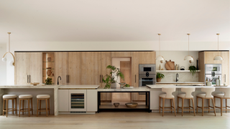
How Big? This Kitchen's 8-Meter-Long Island Offers a Clever New Idea for Outfitting Open Plan Spaces for Great Entertaining
It's not often I see a room and have instant visions of raucous Christmas parties, but this open-plan home is screaming out for it
By Maya Glantz Published
-
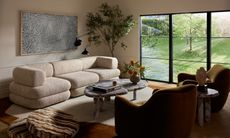
"It's Dying for a Cocktail Party" — This Californian Home Once Played Host to Hollywood Soirées, and Now It's Ready to Do It All Again
This mid-century modern Beverly Hills home was built for hosting, with a glam bar room worthy of a Hollywood movie at its heart
By Keith Flanagan Published
-
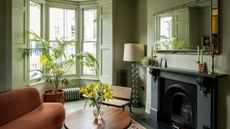
"Can I Get Rid of My Fireplace? How Easy Is It?" Here's What You Need to Know, From Regulations to Cost, Before You Consider It
If you want to say goodbye to your fireplace, but aren't sure how, our architects have all the advice you need
By Maya Glantz Published
-
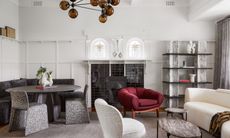
The Decoration of This Home Required "Thoughtful Negotiation Between Eras" — And It’s Done to Perfection
This historic property in Melbourne is now a relaxed family home, all thanks to a refined interior that respects the heritage details
By Tessa Pearson Published
-
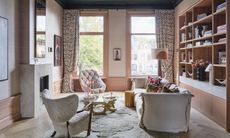
"You Can See, Touch, and Feel What’s Possible" — How This Interior Designer Turned Her Home Into a Richly-Layered, Live-In Showroom
As both a home and an office, this former music school in Holland functions as a space that shows that, in design, anything is possible
By Space Content Studio Published
-
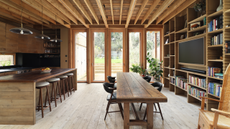
This Architect's Collaboration With Axel Vervoordt Co. Brought the Designer's Signature Wabi Sabi-Style to a North London Renovation
This Passive House build proves you don't need color to build character, as natural materials provide all the texture and depth
By Maya Glantz Published
-
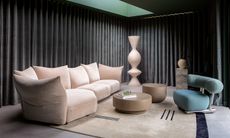
"I Asked Them to Trust Me" — Mirrored Ceilings Are Just the Beginning in This Jaw-Dropping Renovated Dublin Home
Designer Róisín Lafferty rose to the challenge of turning a pair of semi-detached houses into one unique family home
By Anna Bisazza Published
-
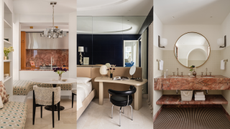
In This Art Deco Apartment in Miami, a Clever Layout and Custom Finishes Make the Small Kitchen Work Harder
In Miami Beach's luxurious South of Fifth neighborhood, this designer brings together art deco and mid century modern design elements
By Maya Glantz Published
-
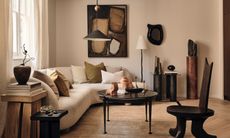
Modernist and Brutalist Influences Converge in This Industrial London Apartment Designed for a Well-Traveled Collector
Set in a former factory, this duplex had no internal walls, stairs, or style – until a highly skilled designer got her hands on it and worked her magic
By Kate Jacobs Published
-
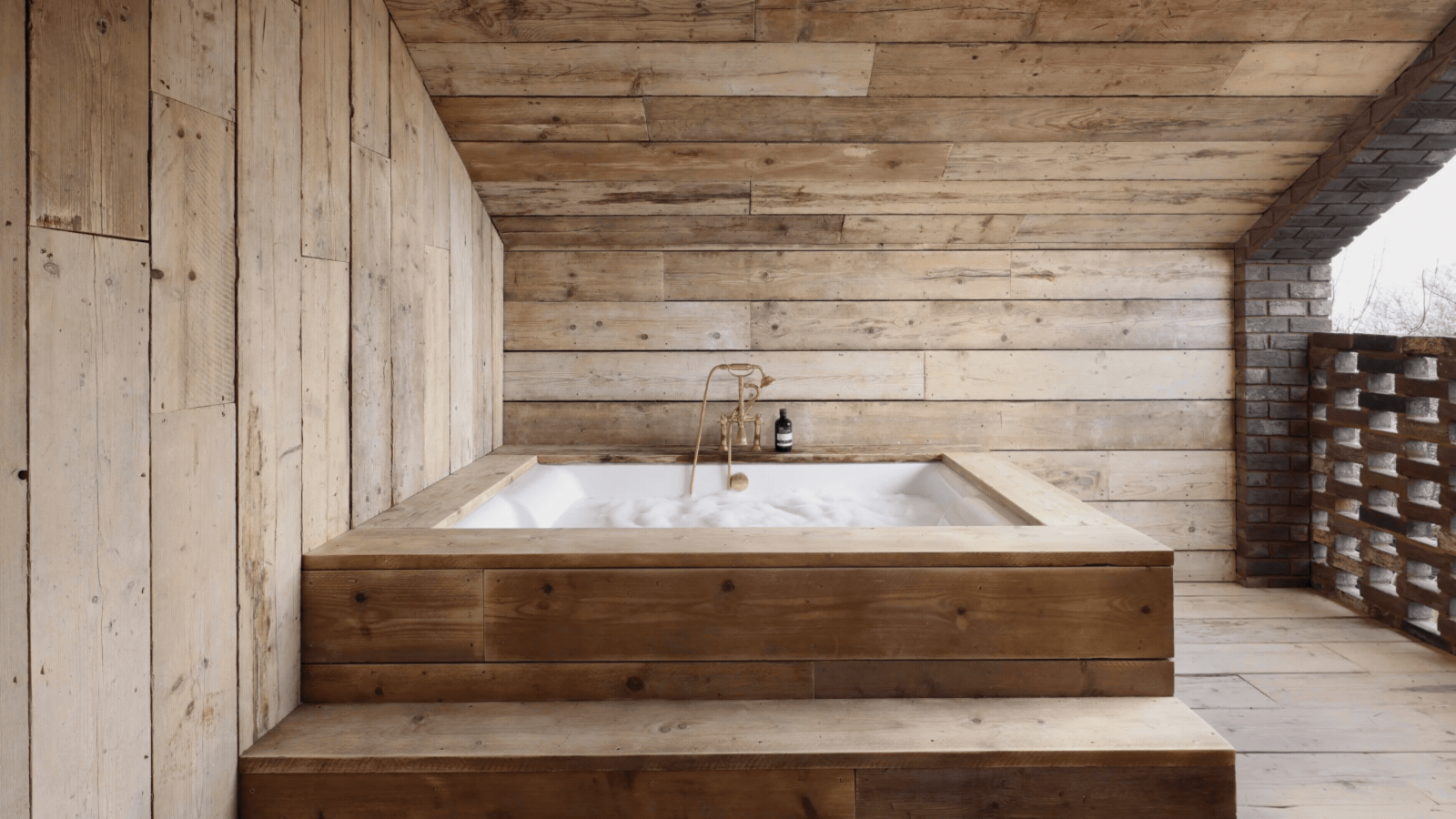
This Dulwich Home Takes Inspiration From Ritual, Not Trends — Including an Outdoor Balcony Bathroom That's a "Daily Luxury" and Elevates Everyday Routine
What happens when an architect designs his own home? Lots of natural materials, curving forms, and an outdoor bath. That's what happens
By Maya Glantz Published
-

"Every Room Invites You to Linger" — This Parisian Home Plays With Contrast and Harmony Through Richly Layered Schemes
Paying homage to its classical roots but with a modern twist, this Parisian abode marries gutsy choices and quiet restraint
By Emma J Page Published
-

The 'Red Thread Theory' Can Create a Perfectly Curated Home — And This Art-Infused Italian Home Shows Us How
A 19th-century Milanese villa has been given a new lease of life — revamped to show the creative side of an avid art collector and his family
By Claudia Baillie Published
-
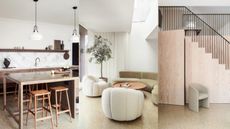
This Period Home Hides a "Monastic Sense of Serenity" Behind Its Doors — But You'd Never Guess at First Glance
The architects behind the bold vision for this London house only take on commissions where the idea excites them — and this result speaks for itself
By Pip Rich Published
-
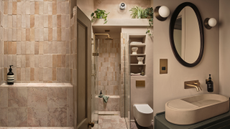
This Small Bathroom Is Bringing Balearic Beauty to Bristol Through Sustainable Design — And Here's How
Eco-friendly in design, with luxury appeal, this bathroom looks like it was plucked straight out of a boutique spa hotel
By Maya Glantz Published
-
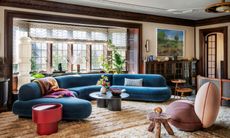
This Historic Home Is Designed For Entertaining at Scale — But Without Compromising on a Fun, Contemporary Family Home
Amid the historical details of this eclectic New Jersey mansion, there’s fun to be found in playful patterns and bright hues
By Fleur Britten Published
-

Where Classical Elegance Meets Modernity — This Red Brick Home Was Transformed Into an Airy and Elegant Southern-Style Delight
Designed by Alma Workshop, this New York home has shifted into a space filled with fresh textures, bright colors, and timeless accents
By Faiza Saqib Published
-

"It’s Always Evolving" — This Bright and Beautiful Munich Apartment is Also an Interior Designer's Live-In Showroom
Designer Stephanie Thatenhorst’s Munich abode is a playground for her creative ideas — and a place where high design meets daily life
By Anna Bisazza Published
-

"It Was About Making No Space Feel Cut Off" — How the Design of This Mallorcan-Inspired London Home Keeps a Sense of Connection
This Fulham townhouse brings together Mediterranean-style influences and period features
By Maya Glantz Published
-

The Designer of This Luxury Country Cottage Had to Fight for the 'Golden' Paint Color, But Now I'm Convinced Every Home Should Be Painted in It
At The Grove Hotel's renovated lodge, a modern take on country interiors meets with a color palette that feels both rich and grounding
By Hugh Metcalf Published
-
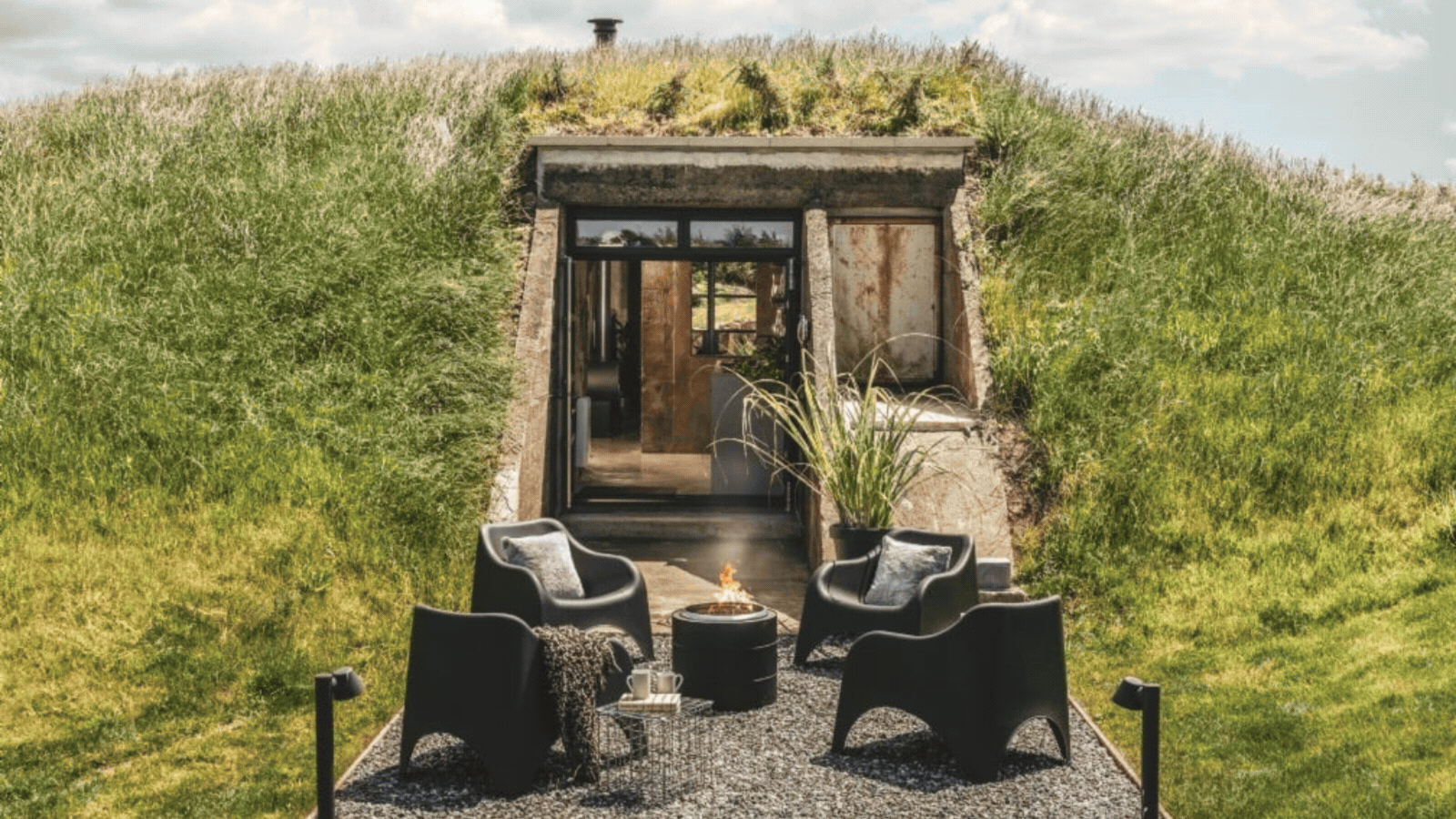
A Home in a WWII Bunker? This Renovated Shelter Is a Modern Design Wonder That Preserves Its Heritage, too
After a three-year renovation, this bunker, buried in the landscape of Cornwall, can now be rented as a homestay that is as luxurious as it is fascinating.
By Maya Glantz Published
